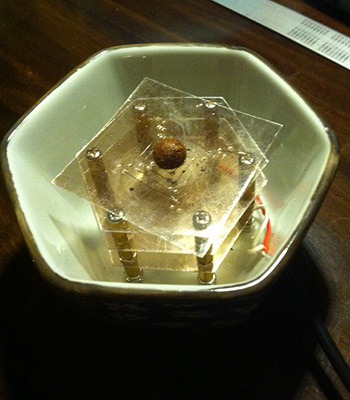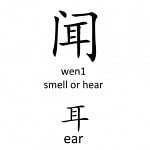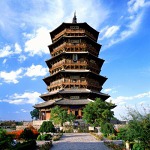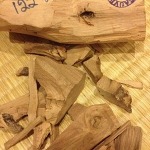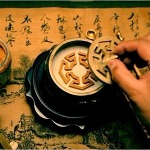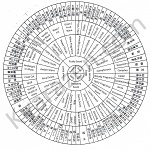The art of making kneaded incense balls dates back over a thousand years ago during the Chinese Tang Dynasty and the corresponding Hei-an period in Japan. Prior to usage in incense culture, honeyed pills (练丹) made from combining medicinal herbs with honey, and sealing off with wax, was a common practice in Chinese medicine. The Qin Dynasty Emperor (221-206 B.C.) was obsessed with the search for an elixir of life, miraculous pills from heavenly deities that could give one eternal life.
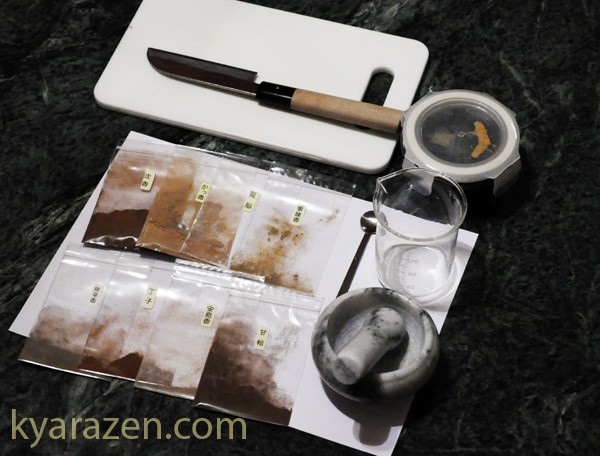
But myths and legends aside, kneaded incenses have stood the test of time at least for the Japanese, that their version, known as Neri-Koh, is still being made and used today since its inception a millenium ago. The Chinese, with the decline of the chinese art/way of incense in the later centuries into Qing Dynasty, restricted the applications to that of traditional chinese medicine for consumptionn.
Designed to scent the room, and potentially to provide therapeutic and beneficial health effects, each soft, moist kneaded incense ball is gently heated in close proximity to a buried or half buried hot coal, providing its fragrance for a long time.
Whilst the ingredients used in Incense will be talked about in another article, this write up will focus on the process of how you can make your own kneaded incense balls in the comfort of your own home! There are also some philosophies by which the crafting of kneaded incenses should follow, and this will be lightly explained in the next article following this.
In the making of kneaded incense, one needs to obtain or prepare by grinding, powdered herbs. Recipes are plenty, but some of the ancient recipes can be too expensive to be replicated today.

As the fine incense powders are to be held together with a binding agent, you can opt for honey or dried plum flesh, or a mix of both. There are certain qualities of the ingredients that you have to take note at the moment. It would be best to use wild honey, and if not, high quality honey that has been cooked before. The cooking process involves gently heating the honey, and continually stirring for 20 minutes or so, to remove air and to reduce water content. The Chinese refer to this honey as 炼蜜,treated honey.
Wild honey is also good because water content in the honey will naturally decline as the honey ages in the wild. It may not be well recommended to use low quality modern honeys, the excessive water content will affect the quality of the kneaded incense and its ease of handling, and mold would form during storage. Cheap honey from bees that were fed with sugar water, have large amounts of sugar crystalizations, and upon heating to remove moisture, will caramelize, and affect the kneaded incense’s scent profile if used (i.e. burnt sugar note). Carefully treated wild honey is extremely viscous and dark.
Sometimes one may come across people adding charcoal powder into the kneaded incense mix, the charcoal powder functions to prevent mold formation by absorbing excessive water. As a variation, some companies prepare their kneaded incense using honey mixed with plum vinegar in replacement of dried plum flesh to give a more intense sour note.
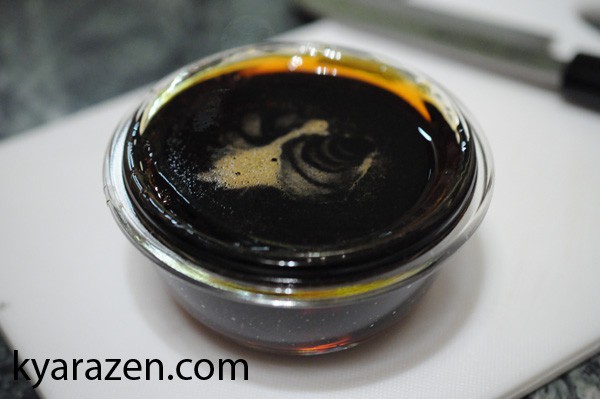
The various powders of a particular recipe is added to a mixing beaker or bowl, and stirred repeatedly till it is well mixed.
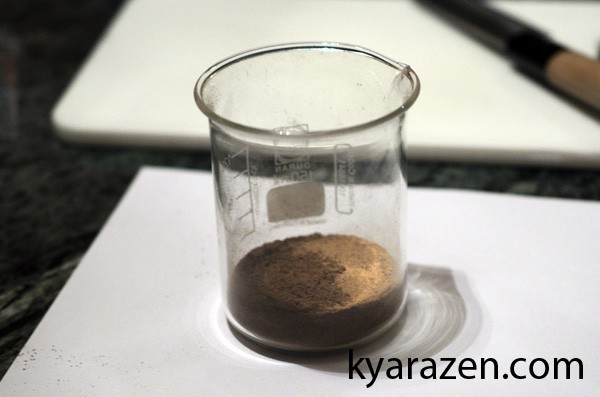
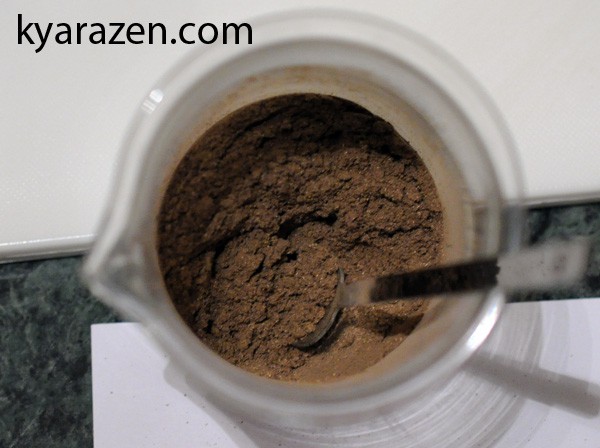
Add honey in slowly, and ensure the honey is never in excess. Excess honey creates a very sticky, soft, kneaded incense paste that adheres to almost everything, and does not keep its shape. If honey is added in excess, it also becomes difficult to recalculate additional herb powders in the right proportion. Generally, one should add enough honey to make the powders look “dark” and “wet”, but yet still a bit loose/crumbly.
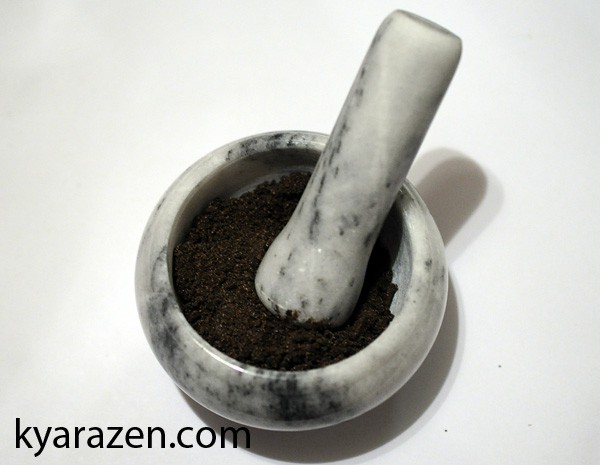
This step from here is recommended although most people don’t do it nowadays. The incense-honey mix is pounded with mortar and pestle for 15-20 minutes, or until it becomes a homogenous paste. Note that with pounding, the crumbly powderly mix becomes a compact dough like consistency.
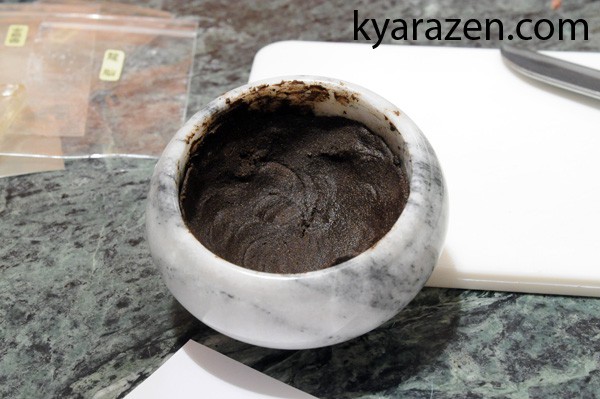
This is because the pounding process forces honey into the raw herb powders and homogenizes everything. By stirring alone, its difficult to achieve the same consistency and distribution. If too much honey was added, the pounding step would also help improve the texture. One should pound until the incense “dough” is able to lift off the side of the mortar, i.e. it does not stick to the walls anymore.
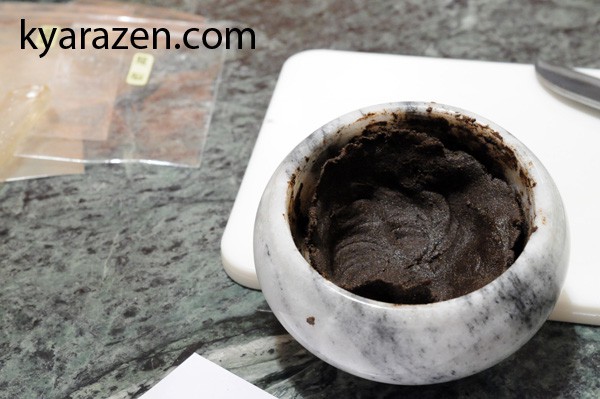
The incense dough can be lifted off and it may even stand with some support.
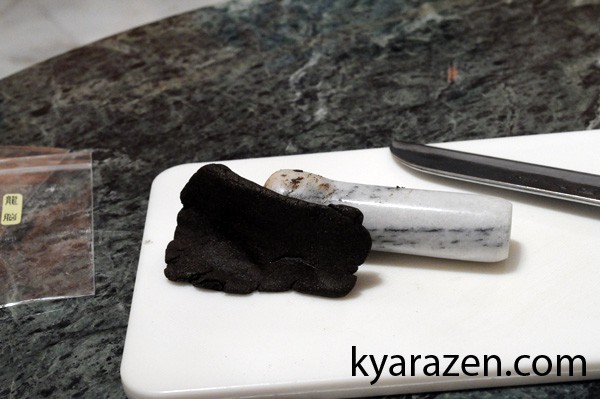
With a knife, cut the dough into appropriately sized squares, and with fingers, press and roll each square into a ball. If one avoids folding the dough mix, and shapes the balls carefully, the balls should not split nor fall apart during heating.
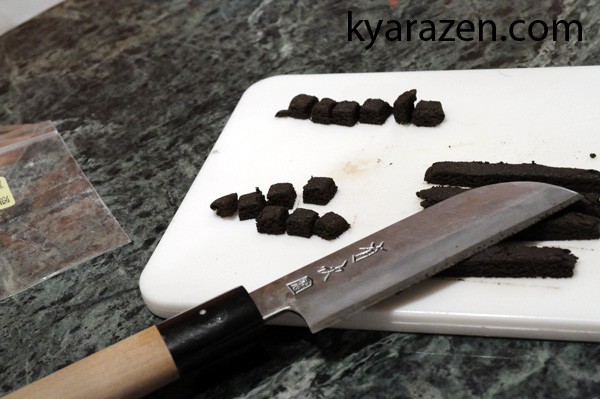
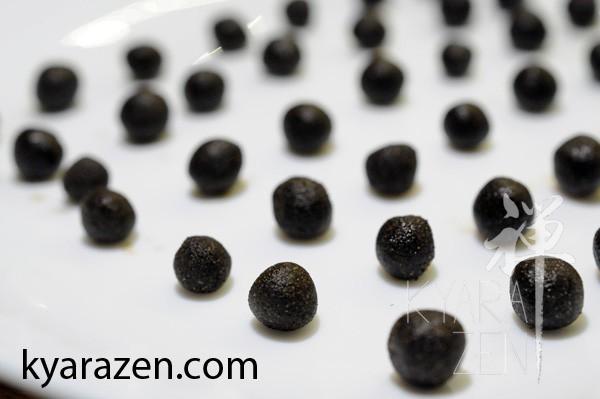
A perfect kneaded incense ball should have an even distribution of herbs, and it should be round, seamless, and oozing a little bit of honey. It must not be dry. Honey is hydroscopic, so do not be surprised if the dry incense balls suddenly become more moist.
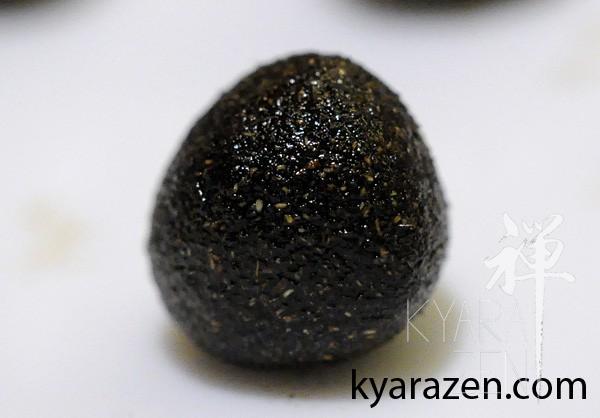
Kneaded incense balls can also be made from dried plum flesh made into a paste by pounding with a mortar and pestle. After the addition of herb powders, the mixture is homogenized by pounding till the incense dough does not stick to the mortar nor pestle before rolling into balls.
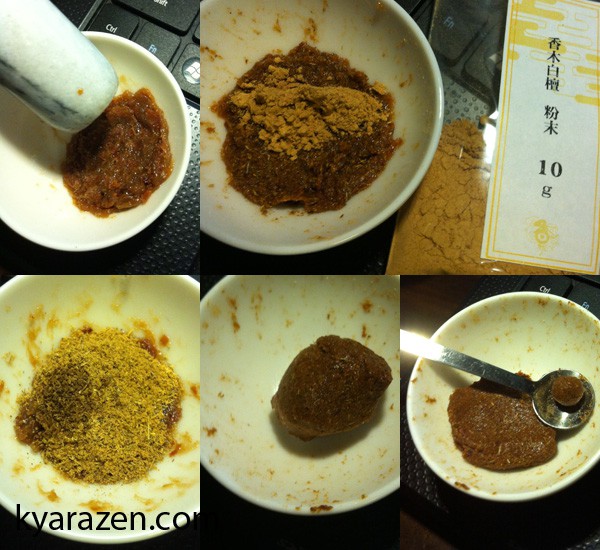
One can test the freshly made kneaded incense balls immediately straight from production, like our example over here, on a custom Subitism burner. However, most kneaded incenses, based on recommended recipes, should be allowed to mature and ripen in storage, away from light and excess humidity. Overtime, the fragrances of the mixture will amalgamate and become more coherent.
